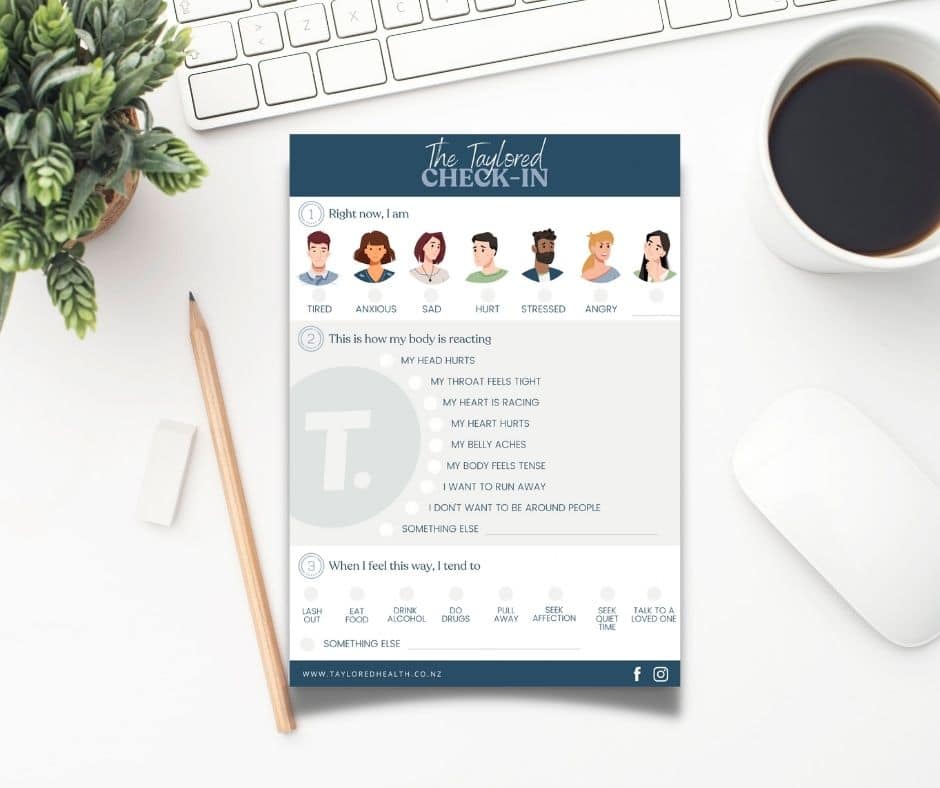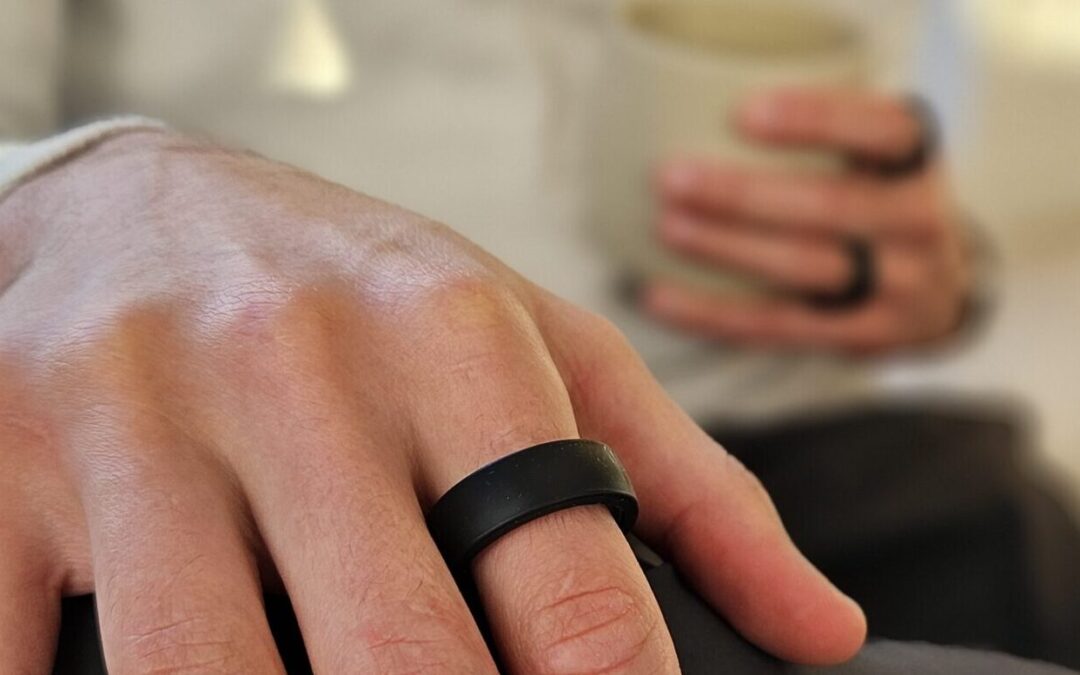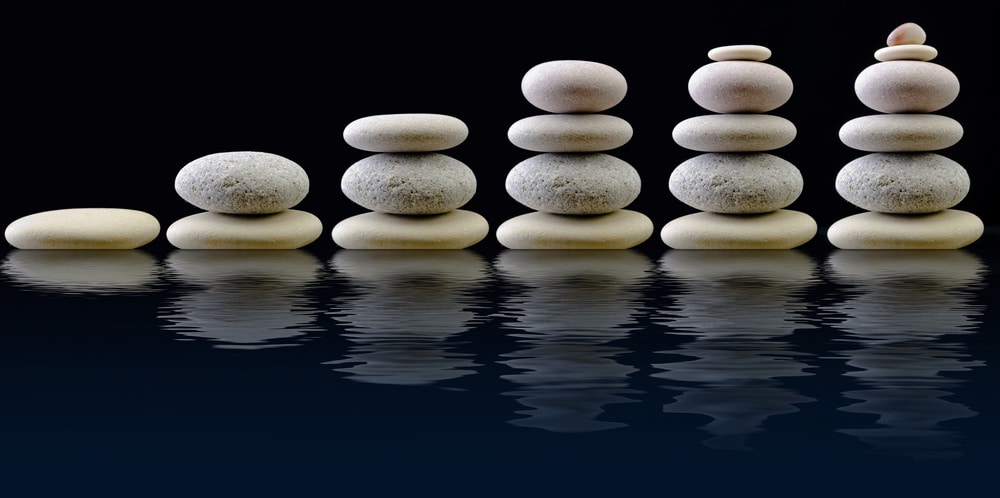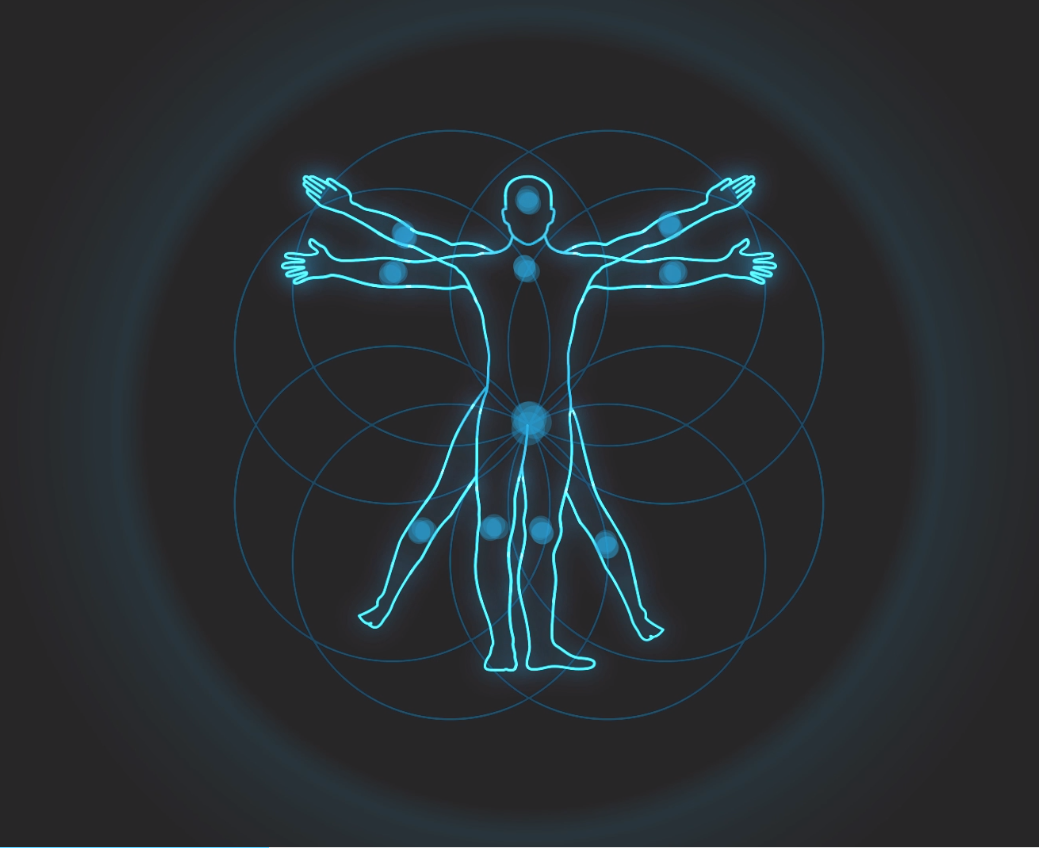In that article, we talked about two buckets specifically, but you can double-tap into any of the buckets. The two buckets we discussed were “Nutrition” and “Physical Movement”. Almost all of you recognised that there were various ways you THOUGHT about food, events that triggered a negative THINKING pattern, or ways you were LIVING which didn’t help support adequate planning or attention to how you ate. The same could be said about physical movement. You wanted to move…but the way you’re LIVING makes it hard to create habitual moments and negative THINKING patterns around what movement means to you created ‘stickiness’ to the wheel.
The good news is you’re far from alone.
THE BETTER NEWS IS THAT YOU’RE IN THE RIGHT PLACE AND ON THE RIGHT PATH.
A few weeks ago, we also talked about your ‘why’ and digging deeper into what your underlying motivation is.
Let’s combine your ‘why’, your ‘life wheel’ (where our buckets feel empty) with a daily ‘check-in’ practice.
This will widen the “pinhole view” of your mindset and lifestyle factors that are either supporting your ‘why’ but most likely diminishing your efforts towards better health and wellbeing decisions…as well as creating ongoing physical discomfort (they often interrelate).
THIS WEEK WE’RE GOING TO FOCUS ON GIVING YOU NEW LANGUAGE AND WAYS TO ‘OBSERVE’ YOUR THOUGHTS, HABITS AND BEHAVIOURS.
It may feel like a divergence of the topics we’ve discussed, but it actually works to create a solid foundation towards addressing the root cause of the buckets draining or making it hard to fill. Starting to ‘check-in’ with yourself is often a first step towards understanding the root causes of why you’ve struggled to create long-term change in the past.

The Taylored Check-In
To get started, we’d like to introduce the Taylored Check-In. For some of you, this might be a very intuitive series of questions and it feels easy to ‘check-in’.
For others, you might feel a little intimidated. That’s okay.
You might have never had the opportunity to practice how to ‘check in’ on your feelings…and being quiet enough to listen to them can feel very uncomfortable and/or overwhelming. You’re not alone. Growing up, many of us are taught to dismiss or ignore our own feelings OR they did this as a way of protecting themselves from difficult situations. There is also a lot of stigma for young boys/men to “suck it up”, which means they miss the opportunity to healthfully process strong emotions by crying or feeling a certain way.
Be Gentle With Yourself
The key here is to try this exercise multiple times throughout the week – particularly if you find yourself lashing out, craving a glass of wine, beer, reaching for your fave comfort food, or doing something that you know is really not serving you. Just be your best friend, gently working through these ‘check-in’ sections. We encourage you to find a quiet place to give space and attention to those emotions and where you’re feeling them.
There is ZERO judgement and these ‘check-ins’ are for YOU only.
There is no need to share these check-ins with anyone BUT if you need help, we are here if you feel like you need a little extra support. This is particularly important if you feel incredibly overwhelmed and unsafe to process the feelings by yourself.
You’re also more than welcome to share this exercise (or talk about it afterwards) with your loved ones. For example, if you just lashed out at your partner when they really didn’t do anything wrong…just say “I just need a few minutes to myself and check-in”…do the exercise and perhaps once you’ve had some time to settle down, you can re-approach your partner, apologise, and share with them this exercise.
Remember: this is MOST powerful when you’re about to auto-play a habit you’re not happy with e.g. you’re really trying to eat better but you have a hard day at work and you end up having that big bowl of ice cream OR you lash out at your kids after a long day of work, and you regret it.
It takes a lot of ‘adulting’ to pause in those moments to complete the Check-In.
Just do your best to be kind to yourself…and at that moment, become your own kind encouraging parent (self-parenting at its best!).
THIS EXERCISE CAN HELP YOU DRAW YOUR FIRST BOUNDARY CIRCLE – A TECHNIQUE TO CREATE BRIGHT LINES AROUND TRIGGER-RESPONSE-REWARD HABIT LOOPS. MORE DETAILS TO COME ON THAT.
The check-in as you see it here is not the complete version. There is one more question associated with this version. But for now…let’s just run through the 3-steps.
You don’t have to solve anything and try not to judge…just be a witness and observe yourself with an open and trusting heart.
You can download a copy and print it out by clicking here.
As always, if you need help, please don’t be afraid to reach out. We are here to help. We also have qualified specialists to help support you and create a safe, guided space to walk you through this exercise.










0 Comments